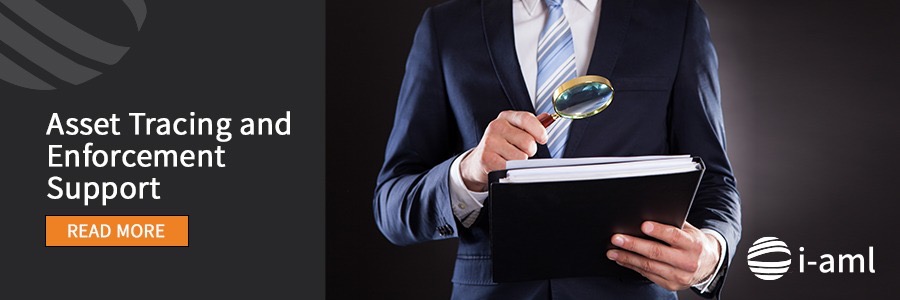In September 2020, the European Commission published its Digital Finance Strategy for the European Union. This document sets out a strategic objective ‘to embrace digital finance for the good of consumers and businesses and identifies EU priorities and actions to ‘make the benefits of digital finance available to European consumers and businesses while also mitigating risks 1.
One of the Commission’s priorities is to address the fragmentation in the Digital Single Market for financial services. To this end, the Commission asked the EBA to issue guidelines on the application of anti-money laundering and countering the financing of terrorism (AML/CFT) rules where customers are onboarded remotely. In the Commission’s view, customer due diligence (CDD) rules in Directive (EU) 2015/849 do not provide sufficient clarity about what is, and what is not, allowed in a remote and digital context.
.
 .
.
The EBA confirms that supervisory expectations and what credit and financial institutions do to comply differs across Member States. Regulatory divergence is an obstacle to innovation and the cross-border provision of financial services; it can also create gaps and expose the Union’s single market to financial crime. For this reason, these Guidelines set common EU standards on the development and implementation of sound, risk-sensitive initial CDD processes in the remote customer onboarding context. They set out the steps credit and financial institutions should take when choosing remote customer onboarding tools and what credit and financial institutions should do to satisfy themselves that the chosen tool is adequate and reliable, that it remains adequate and reliable, and that it enables them to comply effectively with their initial CDD obligations. The Guidelines are clear that as long as the conditions set out in these guidelines are met, and to the extent that this is permitted by national law, the choice of individual technological solutions is the credit and financial institutions.
The EBA publicly consulted on a version of these guidelines between 10 December 2021 and 10 March 2022 and amended them as necessary to address concerns raised in this context. The Guidelines will enter into force 6 months after their publication in all EU official languages.
.
November 22, 2022 Published by The EBA. (Download Full Report)






